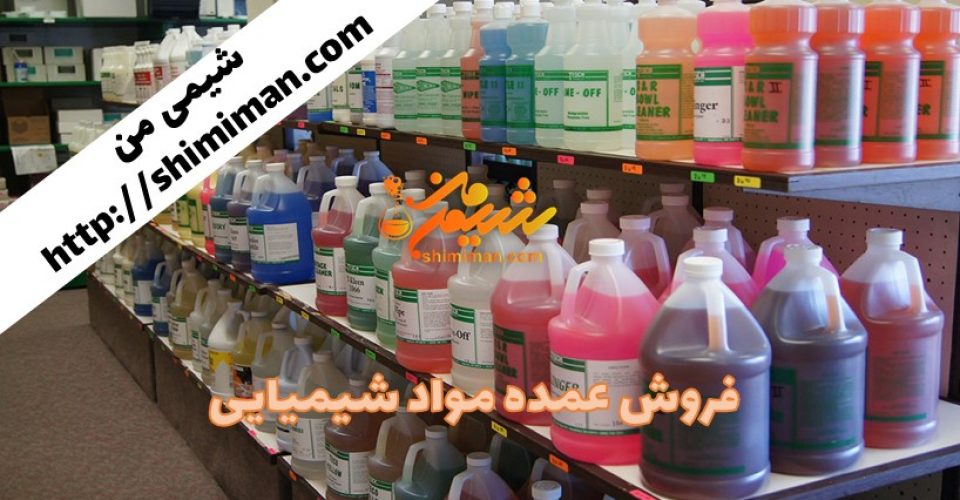The safe storage of hazardous chemical substances is an essential part of laboratory safety. Chemical storage is complex—there is not any one-size-fits-all plan to store chemicals—but there are regulations, campus requirements, and greatest practices that may guide the process. The common concept is to forestall chemical compounds from causing hurt to individuals, property, other chemicals, or the setting.
In order to fully perceive the hazards related to saved chemical compounds you first need to know what chemical substances are being stored. Safe storage begins with an up-to-date inventory of chemicals and data of the hazards posed by every chemical
General Storage Requirements
All chemicals should be stored in a safe, secure location.
Shelves must be level, stable, and secured to the wall or one other stable
Store chemical compounds away from direct daylight, sources of warmth, and egress pathways
Hazardous chemicals have to be saved below eye stage.
Do Find more information on the floor, window ledges, or balconies.
Keep containers closed except you're dispensing a chemical or adding to the container.
Provide secondary containment for liquids every time attainable. Dishpans or polyethylene trays work
Don’t retailer chemical substances in a sink or fume hood, apart from sure poisonous gases which may be so harmful they will solely be stored in a fuel cabinet or fume
Label containers, and make sure container is suitable with the chemical
Use rated storage cupboards or safety cans whenever possible—required for >10 gal. of flammables.
Cold rooms, refrigerators, and freezers have further necessities, significantly for flammables.
Chemical Segregation
Chemicals ought to at all times be segregated based on their particular hazard(s) to forestall unintended reactions. Begin by categorizing and separating chemical substances by the following classes. Note that the order is intentional, as discussed beneath.
Pyrophorics
Water reactives
Flammables
Corrosives
Oxidizers
Toxics
Other forms of materials require more specific storage necessities corresponding to
Explosives
Compressed gases
Cryogens
As a basic rule, chemical substances have to be bodily segregated from incompatible chemical substances; some key necessities are listed under.

Store flammable liquids in accredited safety containers in . Do not retailer something however flammable or flamable liquids in these
Segregate acids from
Keep oxidizers away from flammables and combustibles.
Keep corrosives away from substances that they might react with and release corrosive, toxic, or flammable vapors
Do not retailer chemicals alphabetically until they are compatible.
Multiple Hazard Classes
Many chemicals belong to a couple of chemical family or hazard class. In many circumstances, chemical substances must be evaluated on a case-by-case foundation. Ideally, tips for each category ought to be noticed, however this is probably not possible in all instances.
One technique is to prioritize the hazards of a particular chemical. The hazards listed above are prioritized for this objective, from most severe to least. A pyrophoric chemical, for instance, may also be a flammable liquid, however the pyrophoric property should outweigh the flammability for storage functions.
Glacial acetic acid is a typical example, as it's both a corrosive acid and a combustible liquid. It ought to be stored away from corrosive bases, corresponding to sodium hydroxide, and in addition from oxidizing acids, such as nitric acid. Storing acetic acid in a flammable storage cabinet could be appropriate, prioritizing the combustibility over the corrosivity. If flammable cupboard space is at a premium, storage in a corrosives cupboard would also be acceptable; nevertheless, it might must be further segregated from the opposite incompatible corrosives by utilizing a number of cabinets or secondary containment.
Storage Limitations
It is greatest practice to attenuate the portions of hazardous chemical substances readily available whenever possible. Minimization of saved chemicals is a key way to scale back the chance and severity of an incident involving stated chemicals. Chemical storage limits, from numerous regulatory bodies and campus coverage, are outlined in Appendix D of the campus Chemical Hygiene Plan. It is necessary to note that storage limitations, particularly based mostly on fireplace code, typically prolong to massive groupings of labs or even whole flooring of buildings. Each area is completely different, so contact Chemical Safety staff for an analysis..
